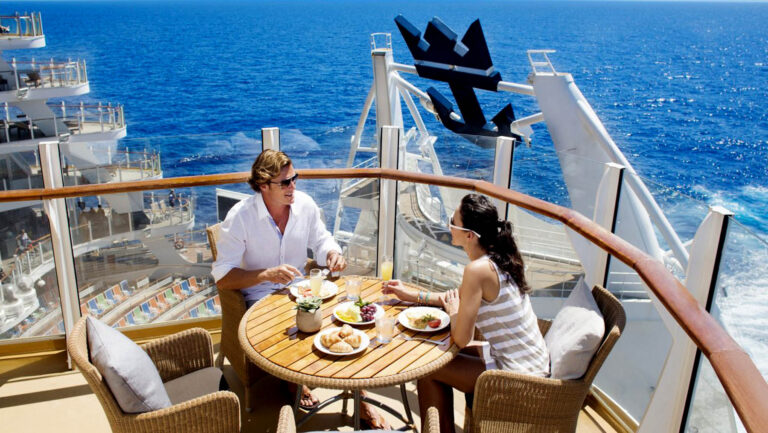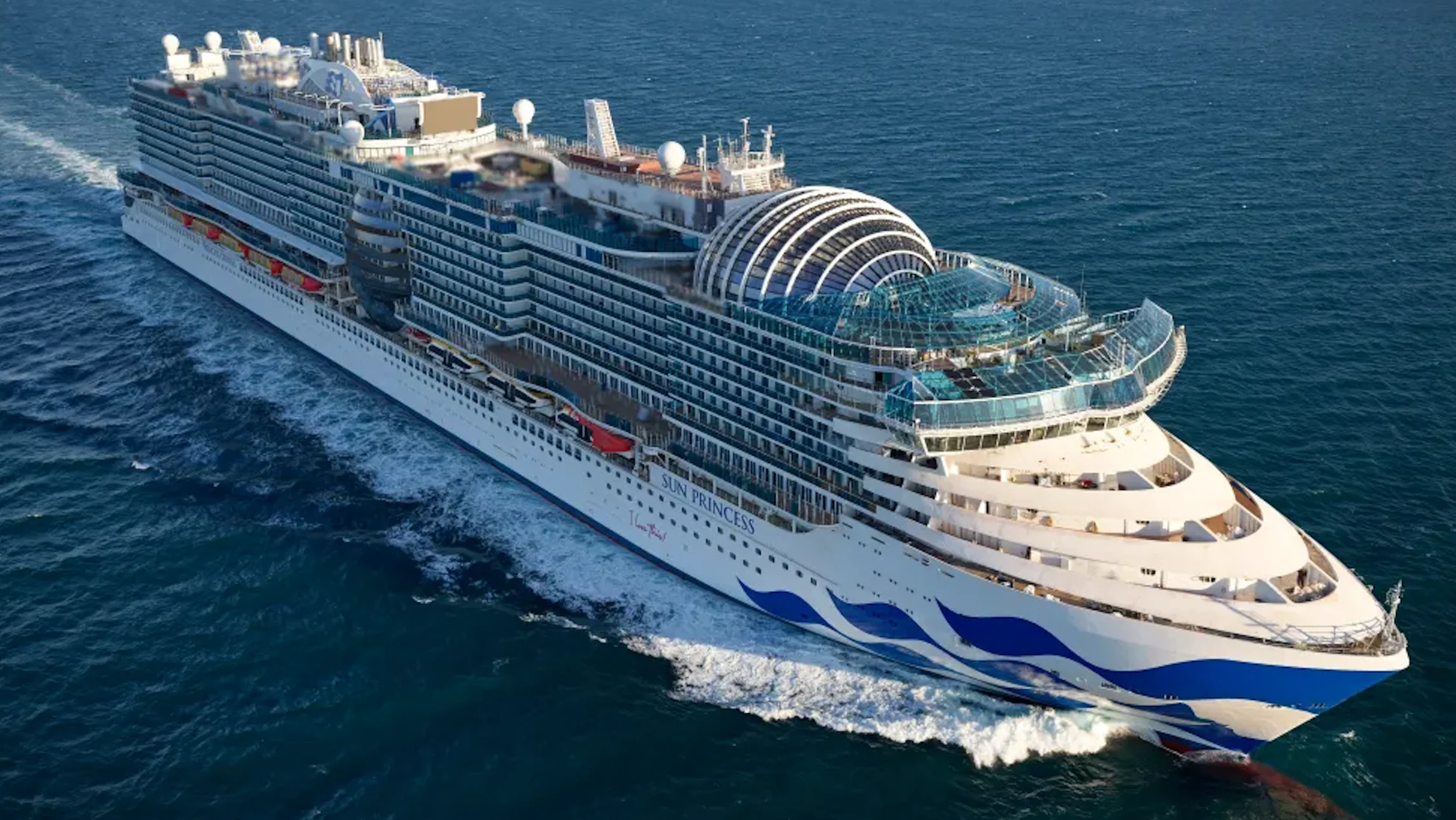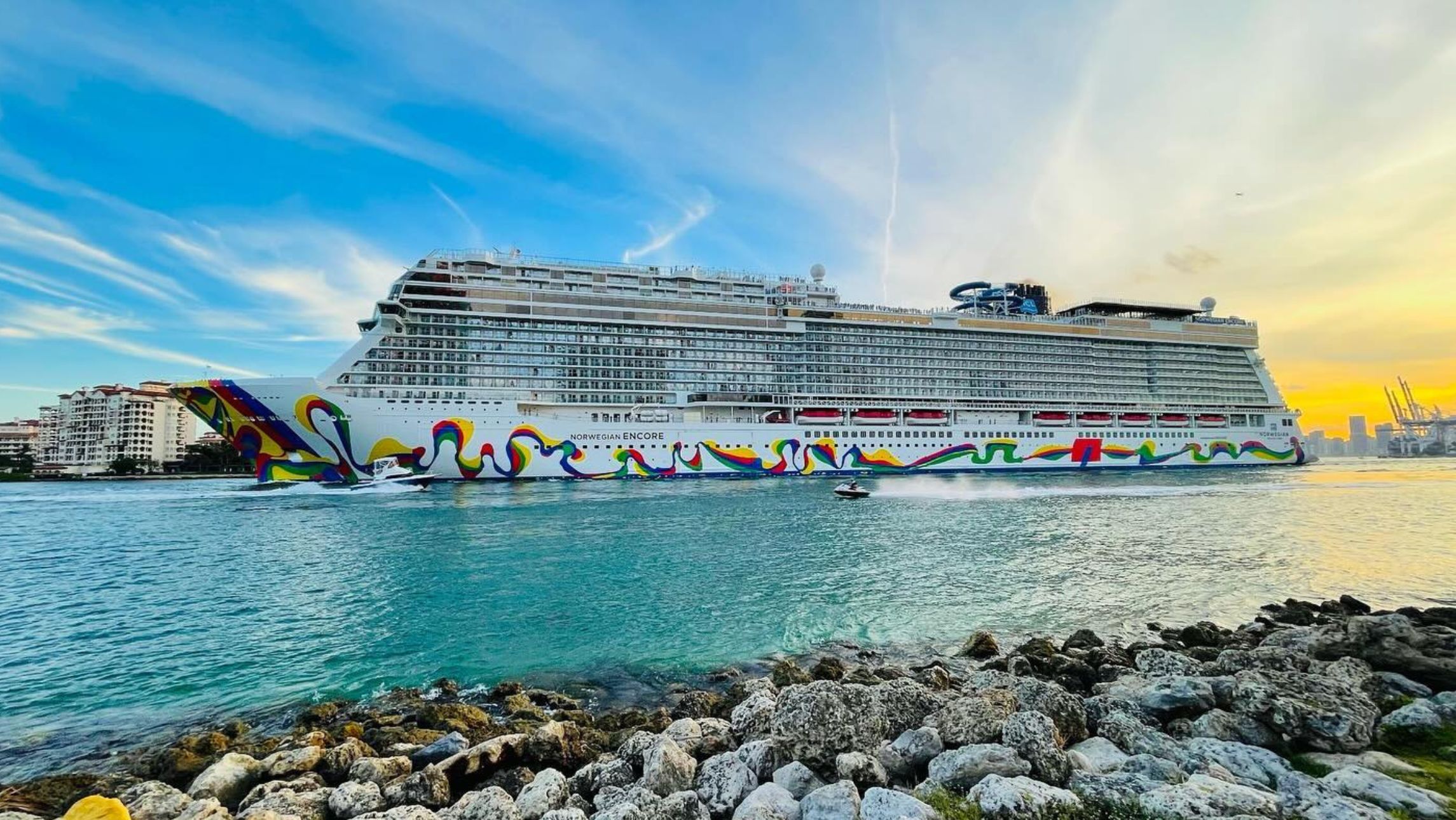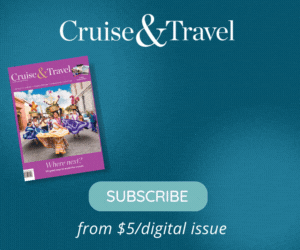- The Aussie Dollar sunk to new lows this week
- The result is cruise costs are rising – with some lines charging onboard drinks and shore excursions in USD
- But you can beat the rises – we show you how
The Aussie dollar recently sunk to a low of 0.62 against the US dollar, and the ripple effects of this currency weakness are beginning to affect holiday and travel prices.
As the Australian dollar struggles, the cost of cruising and overseas travel is set to climb, making it increasingly expensive for Australians to satisfy their wanderlust.
The current weakness of the AUD stems from global economic uncertainty, lower commodity prices, and relatively low interest rates in Australia compared to the United States. This has driven the value of the AUD down, making imports and foreign-currency-denominated expenses more costly for Australians.
What this means for cruise prices

Cruise lines operate in a global market, with costs such as fuel, staff wages, and port fees often priced in USD or other major currencies. When the AUD weakens against the USD, the operational costs of cruise companies servicing Australian passengers rise significantly. These increased costs are typically passed on to consumers in the form of higher ticket prices and onboard expenses.
A cruise departing from Sydney, for example, but stopping at international ports like New Zealand, Fiji, or Southeast Asia may incur costs that are tied to USD-based deals. Additionally, international cruise operators often price their cruises in USD, meaning Australians are directly affected by unfavourable exchange rates when booking these trips. A cruise ticket that might have cost USD$2,000 when the AUD was stronger now costs considerably more in AUD terms.
Royal Caribbean, Norwegian Cruise Line, and Disney Cruise Line all charge onboard expenses in USD, meaning Australians will feel the pinch more acutely. For instance, a drinks package on Royal Caribbean that cost approximately USD$80 per day six months ago—equivalent to roughly AUD$115 at an exchange rate of 0.70—now costs around AUD$129 per day at the current exchange rate of 0.62. Similarly, specialty dining packages and other onboard amenities have become significantly more expensive, further straining travellers’ budgets.
Onboard Spending

While ticket prices may rise, another significant area of impact is onboard spending. Many cruises charge for additional services, excursions, and specialty dining in USD. Australians embarking on these cruises face a double-edged sword: not only are the ticket prices higher due to the weak AUD, but their onboard expenses—converted from USD to AUD—are also significantly more expensive.
Take, for instance, a shore excursion priced at USD$150. At an exchange rate of 0.62, the cost in AUD is roughly $242, a notable increase compared to what it would have been at a stronger exchange rate. This pattern applies to everything from drinks at the onboard bar to spa treatments, amplifying the financial burden on Australian travellers.
Overseas Travel
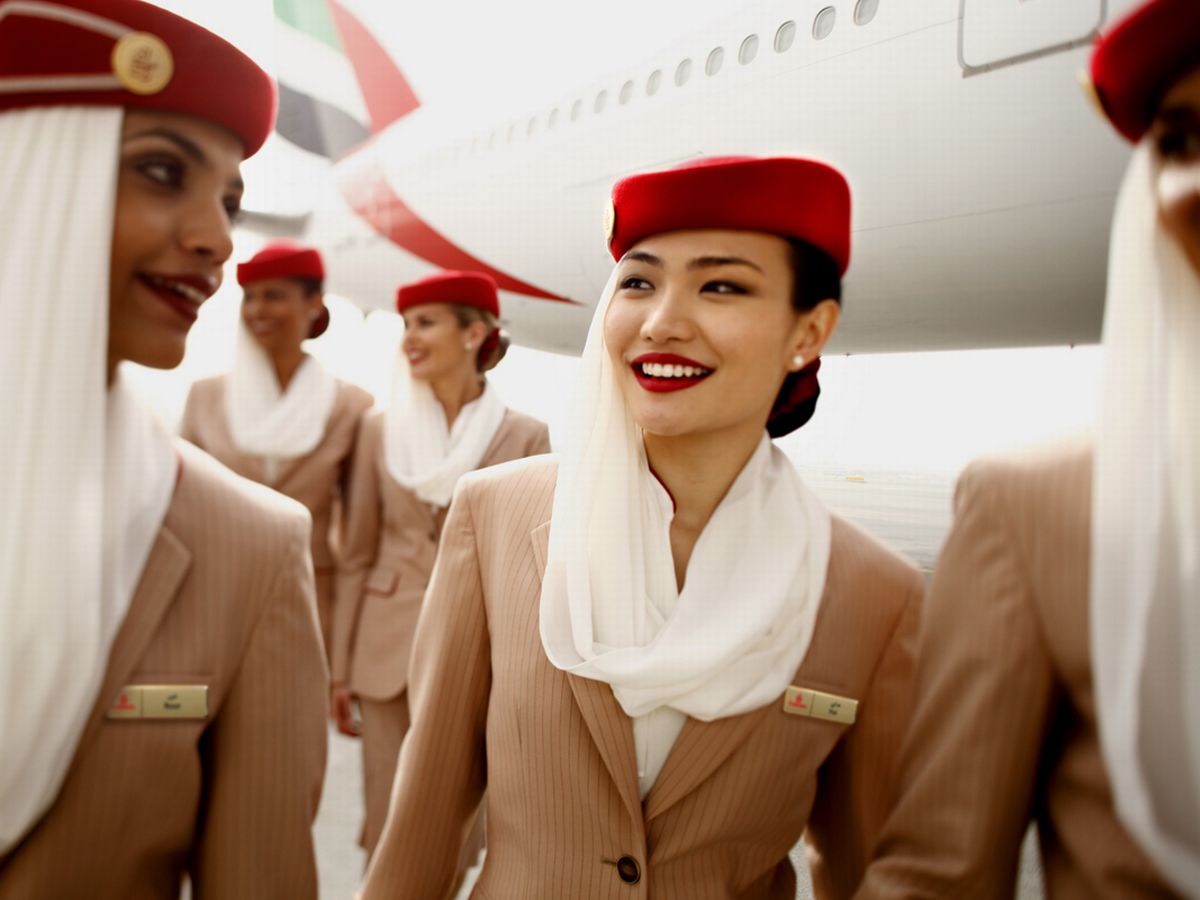
The story isn’t much different for Australians planning other forms of overseas travel. A weak AUD increases the cost of flights, accommodation, and daily expenses abroad, especially in countries with stronger currencies like the US, UK, or Eurozone nations. For travellers heading to the United States, where the AUD is directly pegged against the USD, expenses such as dining, entertainment, and shopping have become markedly more expensive.
For Australians planning mid-year trips to Europe, airfares are also reflecting the impact of the weak AUD. Airlines like Emirates, Qatar Airways, and Qantas primarily price their tickets in USD or a major currency, and Australian travellers are now seeing higher costs when booking flights.
For instance, a return economy class ticket to Europe that might have cost AUD$1,800 six months ago can now cost over AUD$2,000 due to currency fluctuations and increased operational costs. Premium and business class fares have seen even steeper increases, pushing European travel further out of reach for many.
What this means
The rising costs of travel, driven by the weak AUD, may lead many Australians to reconsider their holiday plans altogether. This could hurt travel agencies, airlines, and the broader tourism ecosystem reliant on outbound travel. In the cruise industry, declining demand from Australian travellers could result in fewer ships being based in or stopping at Australian ports, further limiting travel options.
Our weak Australian dollar is already a problem – and the impact on the 2025/26 cruise season is fewer ships when the Caribbean is booming and the US dollar is high.
At the same time, domestic tourism might see a boost as Australians opt for holidays closer to home to avoid currency-related expenses. While this shift could be positive for local tourism operators, it may not entirely compensate for the decline in outbound travel activity.
Five ways to avoid the worst of a plunging Aussie

- Book Early: Locking in prices for cruises or flights early can help avoid fluctuations in currency exchange rates. Some travel operators also offer AUD pricing, which eliminates the need to factor in exchange rate movements.
- Look for All-Inclusive Options: Choosing all-inclusive cruise packages or tours can reduce the financial uncertainty of onboard spending and unexpected expenses.
- Monitor Exchange Rates: Keeping a close eye on exchange rate trends and converting currency at favourable rates can make a difference, especially for high-value transactions.
- Travel Off-Peak: Traveling during less popular seasons can result in lower base prices for cruises and accommodations, helping offset the exchange rate disadvantage.
- Prepay in AUD Where Possible: Look for travel operators, cruises, and airlines that allow you to pay in AUD rather than USD or other foreign currencies. This can help lock in costs and avoid being hit by further exchange rate declines.
- Use a Travel Money Card: Consider loading a prepaid travel money card with your desired foreign currency when exchange rates are temporarily favorable. This provides certainty and protects against future currency fluctuations.
- Take Advantage of Loyalty Programs: Frequent flyer programs or cruise loyalty memberships often provide discounts, perks, or points that can offset higher travel costs. Now is an excellent time to use accumulated points or rewards.
- Choose Destinations with Favourable Exchange Rates: Focus on countries where the AUD still holds relative strength, such as parts of Southeast Asia, rather than destinations like the US or Europe.
- Explore Domestic Alternatives: With Australia offering some of the world’s most stunning natural landscapes and vibrant cities, domestic travel can be an equally enriching experience without the currency exchange headache. In terms of cruise, book a line that uses Australian dollars.
- Shop for Deals: Look for promotions, sales, or bundled packages offering significant discounts on airfare, accommodation, and cruises. Many providers offer seasonal deals that can counterbalance the currency impact.
The weak Australian dollar is a wake-up call for Australian travellers, particularly those eyeing cruises and international holidays. With rising ticket prices, increased onboard expenses, and diminished purchasing power abroad, Australians must carefully plan their travel to avoid breaking the bank.
While the economic challenges are undeniable, proactive measures and a focus on value-for-money options can help Australians continue to enjoy their travels, even in a less favourable financial climate.


